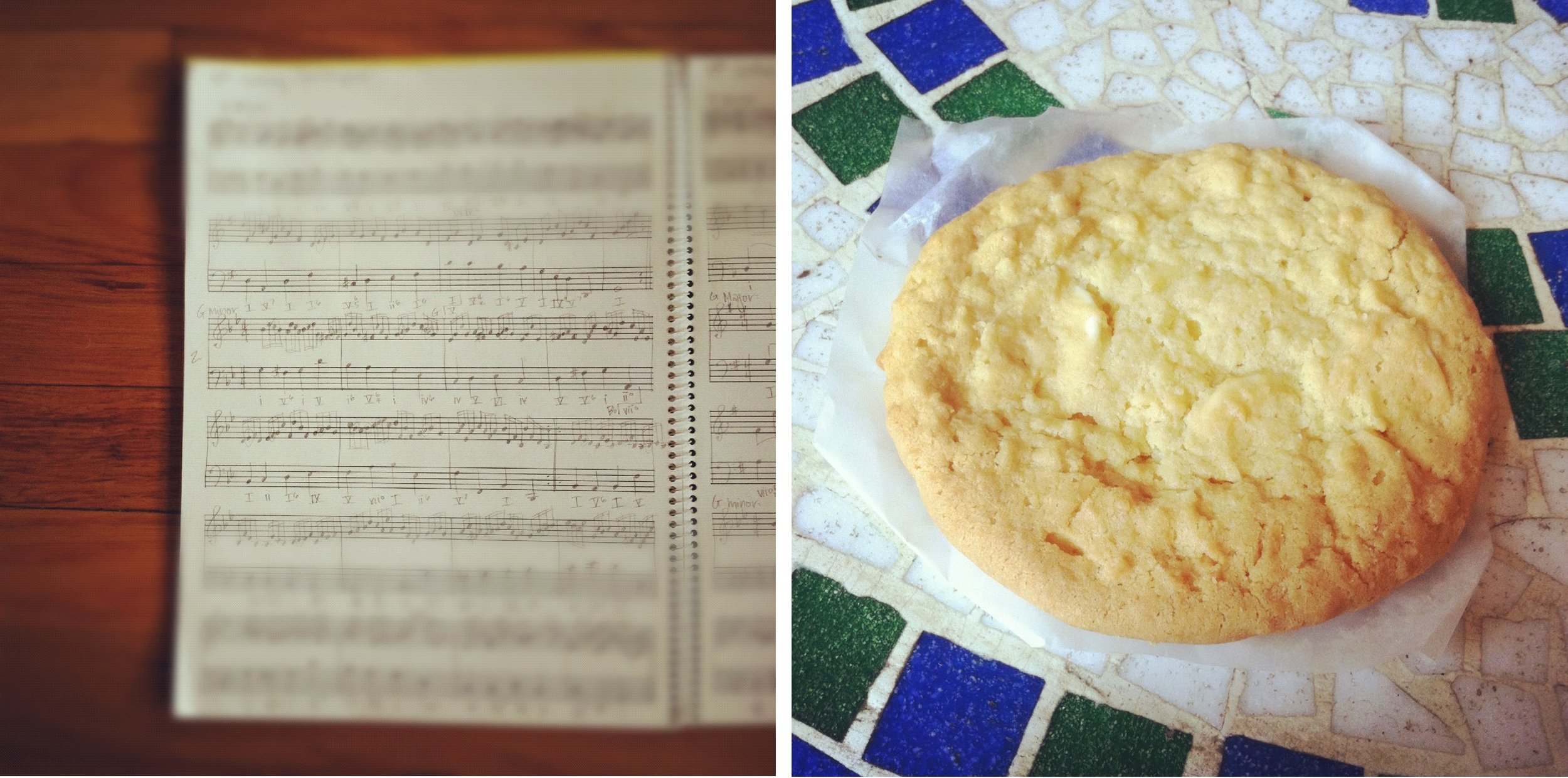Last week, I found out that one of my former students in Massachusetts passed away suddenly. Ironically (or perhaps not), I thought about Ed Sunday night and told Steve, "I should write him a note this week and see how he's doing." Later, I found out that he died the next day. Life is short, friends; too short to leave things unsaid, to worry about what others will think, to value things that don't matter. Act now. Love now. Give now. Focus on what matters. Ed was 73 years old when he began taking piano lessons from me in the summer of 2010. I'll never forget that first week - he came in with a stack of big note, EZ-read piano books, a mini audio recorder, and an enormous amount of self determination. We started at the beginning: landmark notes (Frances Clark method), folk songs, rote songs, and technic exercises. Within the first year, he was sightreading simple songs, harmonizing folk melodies, and playing teacher-student duets in the studio's spring recital. He was dedicated.
In our second year of study, he began learning key signatures and counting in unusual meters. He performed solo in the studio recital earlier this year. Our last lesson before I moved was at the end of July. In those final weeks, Ed began asking questions about chords, harmonic progressions, and inversions. He was curious and he truly loved learning.
Every week when he came into his lesson I would ask, "How are you doing today?" His response always caught me off guard: "Oh, I'm much better, thank you." "What do you mean 'much better'?" I'd say. "Were you sick?" "No, I'm fine. It's just that people always pay attention when you say 'I'm doing much better,'" he'd say with a grin. I smile when I think of him looking down now, saying, "I'm doing much better, thank you."
What a privilege we have in teaching.
Teaching to me is not just about music or experiences. It's about people - people like Ed who want to build on a lifelong love of music, people like Bobby who love to create, and people like Matthew who love to explore and build with musical patterns. What an opportunity we have as teachers to engage with others, interact, and share musical experiences. I am so grateful.


 Happy birthday to this handsome fella today! I so admire your patient and kind heart. I am more and more grateful for you every day! Thank you for being my husband and my best friend. I love you!
Happy birthday to this handsome fella today! I so admire your patient and kind heart. I am more and more grateful for you every day! Thank you for being my husband and my best friend. I love you!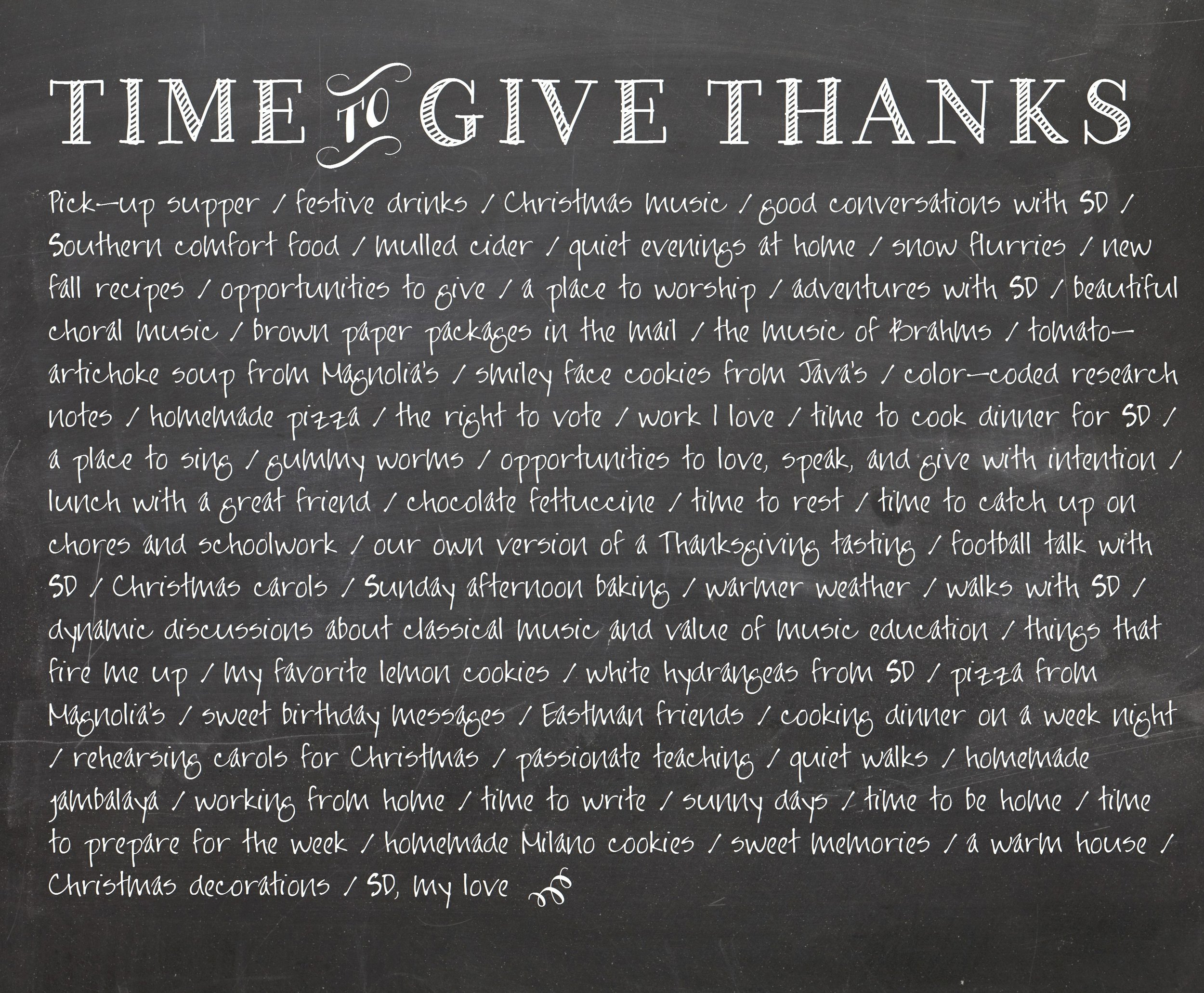 The phrase, "Love, speak, give with intention" appears on my lock screen as a constant reminder to be more intentional about life. It reminds me to do small deeds with great love, choose words carefully and intentionally, and give with joy. This month, I've been
The phrase, "Love, speak, give with intention" appears on my lock screen as a constant reminder to be more intentional about life. It reminds me to do small deeds with great love, choose words carefully and intentionally, and give with joy. This month, I've been 
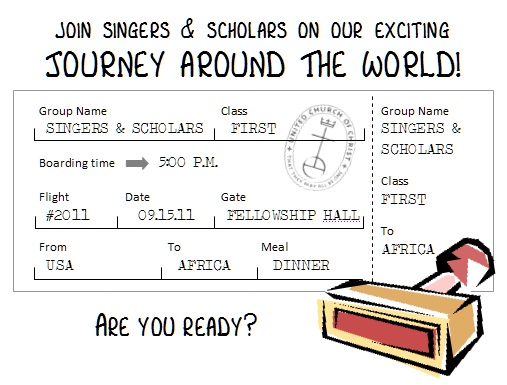








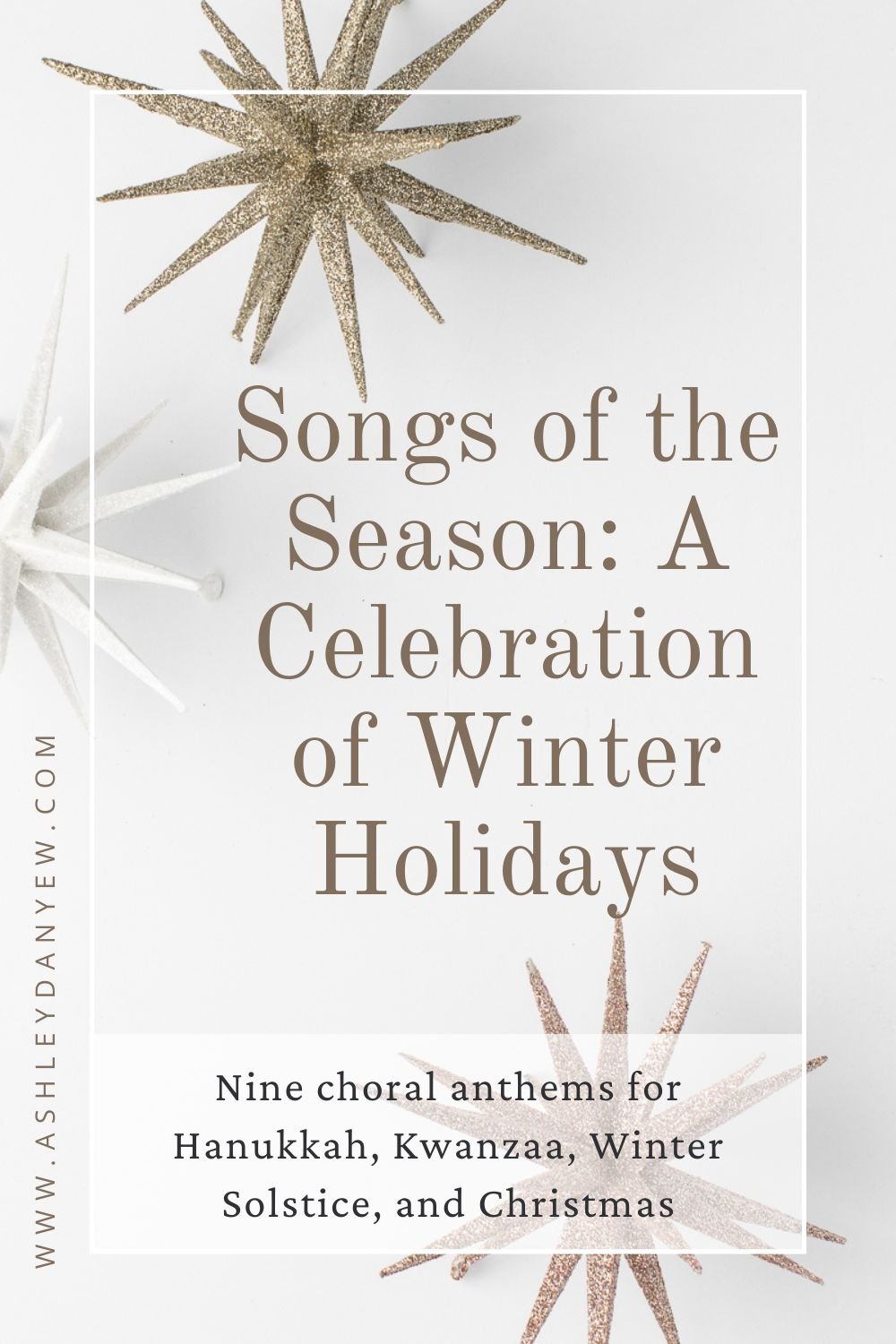

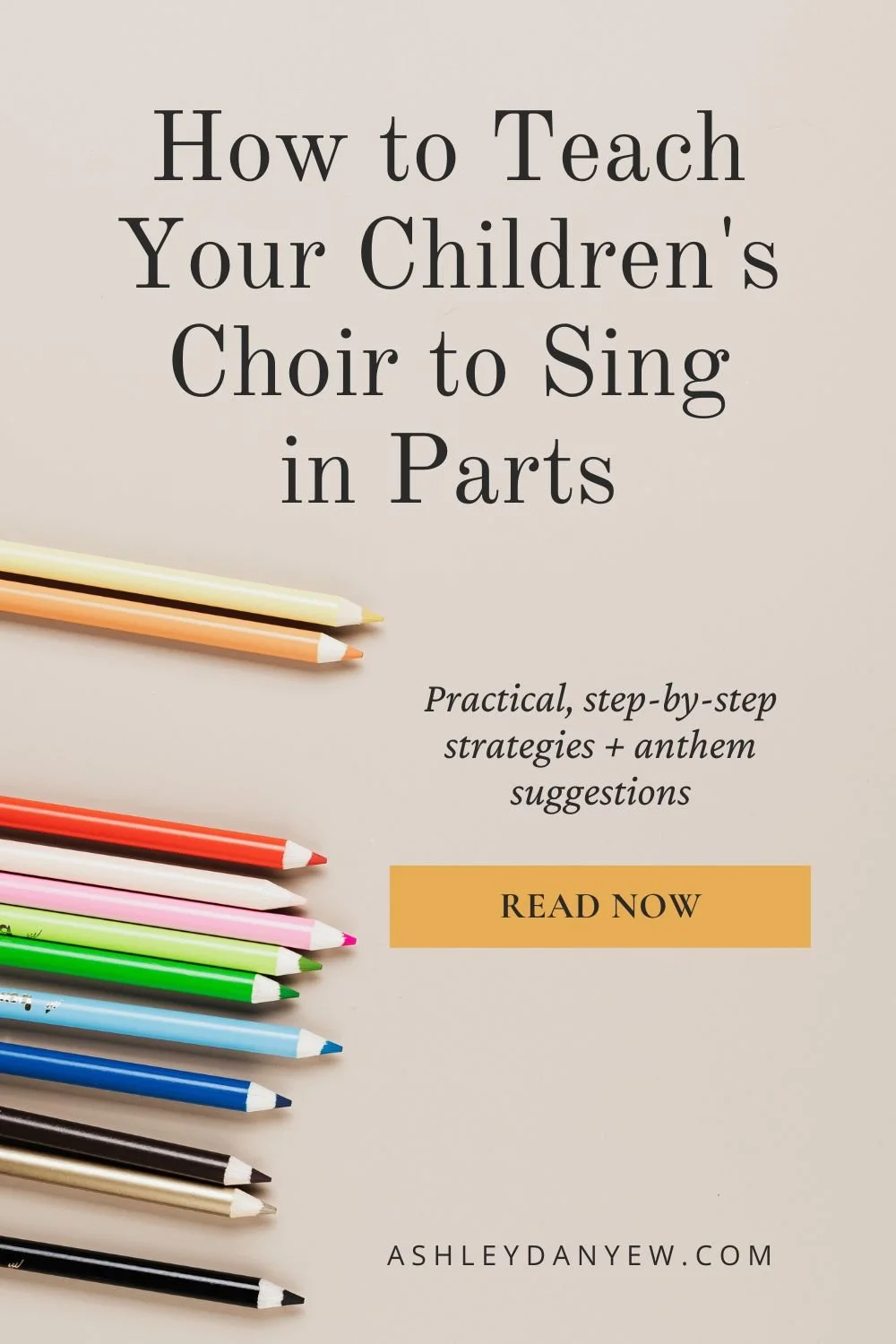





















 Happy anniversary, darling.
Happy anniversary, darling.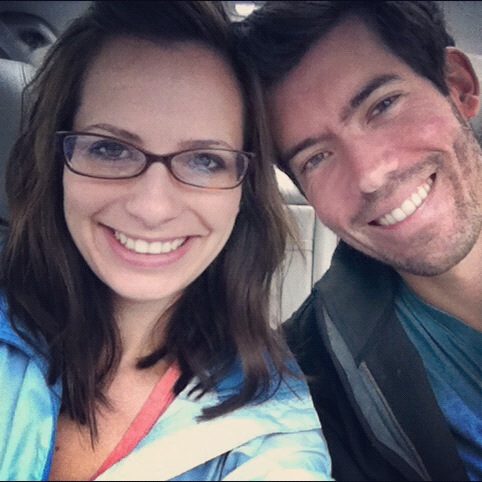 Oh my goodness, what happened to September?! Suddenly, it's cold enough to need scarves and sweaters (and salted caramel mochas) and it's dark by the time we sit down to dinner in the evenings. Yes, the weeks are flying by but every day is so fulfilling. I absolutely love the work I am doing! Life is full, life is busy, and life is very rewarding.
Oh my goodness, what happened to September?! Suddenly, it's cold enough to need scarves and sweaters (and salted caramel mochas) and it's dark by the time we sit down to dinner in the evenings. Yes, the weeks are flying by but every day is so fulfilling. I absolutely love the work I am doing! Life is full, life is busy, and life is very rewarding.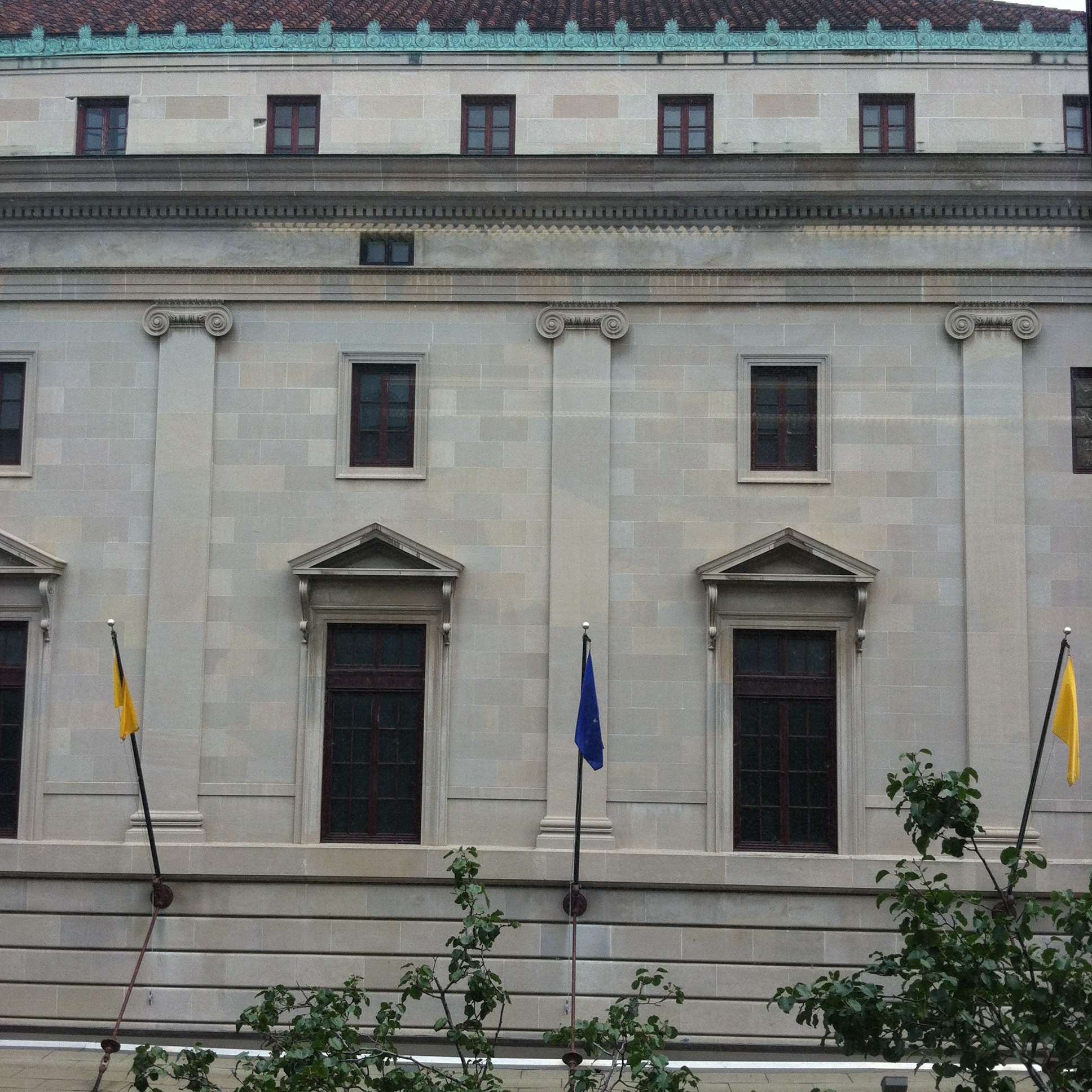 Last week was New Student Orientation at Eastman. It feels a little surreal - I am so, so grateful to be back.
Last week was New Student Orientation at Eastman. It feels a little surreal - I am so, so grateful to be back.